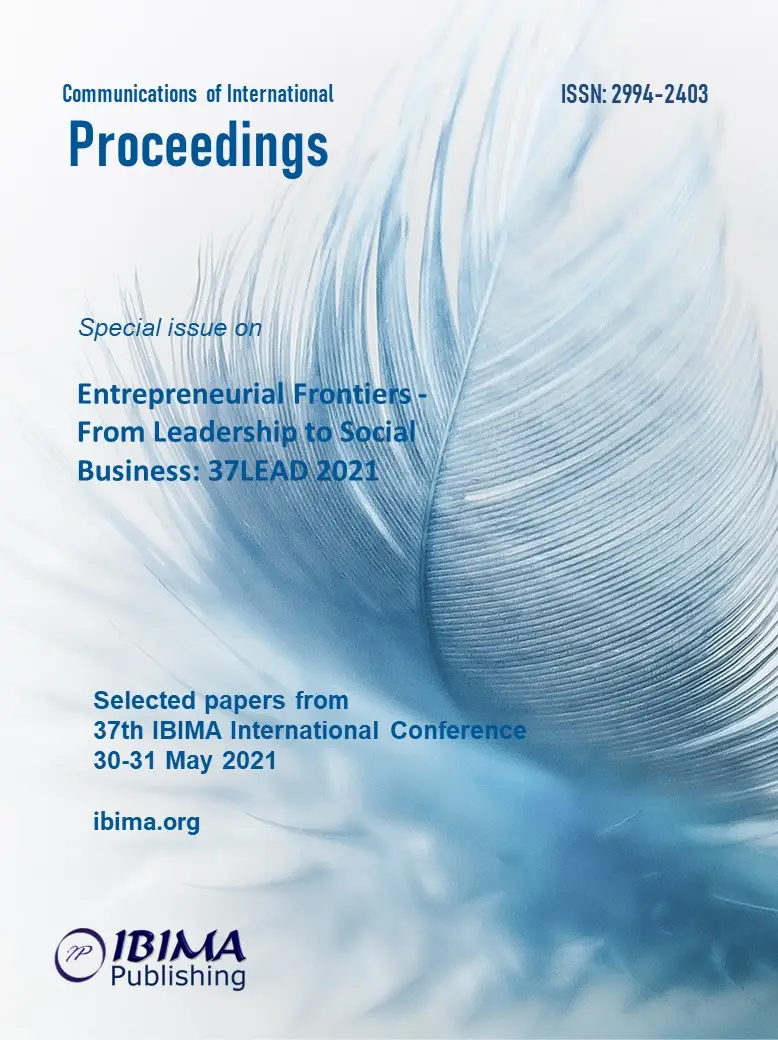
Lenka CADOVA, David ULLRICH and Veronika KOLENAKOVA
University of Defence, Brno, Czech republic

We face a challenging and unpredictable time, which requires a high degree of resilience from people and organisations. People have faced similar situations repeatedly in the past. They were looking for ways to use the possibilities and abilities of a man. They have developed several practical approaches and methods that have served people´s development. Good strategists and leaders sought self-cultivation as a prerequisite for self-development. Confucius understood self-cultivation as a psychological process cultivating an individual´s mind and body and attempts to reach a normal state.
The recent times allows us to get inspired by the ancestors´ experience, build on them, or even develop them. We have the advantage of modern technologies that allow us to objectify and permanently maintain desirable mental and physical states, positively affecting the way of people´s leadership. The ancient war masters´ goal was the equilibrium and the use of inner potential to resist better the environment demands and, above all, to emphasise the individual’s spiritual development. Today’s advanced, still simple technologies provide accurate heart rate variability (HRV) measurements as a primary biomarker. They enable an accurate analysis of the autonomic nervous system´s current state and offer the opportunity to train desirable psychophysiological conditions in a controlled manner and achieve sustainable changes in self-development. The article deals with the possibilities of connecting traditional, proven approaches and modern diagnostic, analytical, and training methods.
The article focuses on leadership one of the most important aspects of management. The multiplicity and succinctness of the threads discussed in the article give the reader an interesting inspiration. I would recommend the Authors to reduce the number of aspects in their comparative analysis and focus of their impact on the perceptions of self-leadership development. The concepts of self-management and self-leadership have both been extended to the team level of analysis. The roots of self-influence can be traced to work design theories such as job characteristics theory (Hackman & Oldham, 1976) and socio-technical systems theory (Cummings, 1978). These work design theories operate under the premise that teams, rather than individuals, are the relevant unit of analysis. Research on self-leadership should be continued and should focus on the contextual factors that influence relationships with employee and self-leadership.